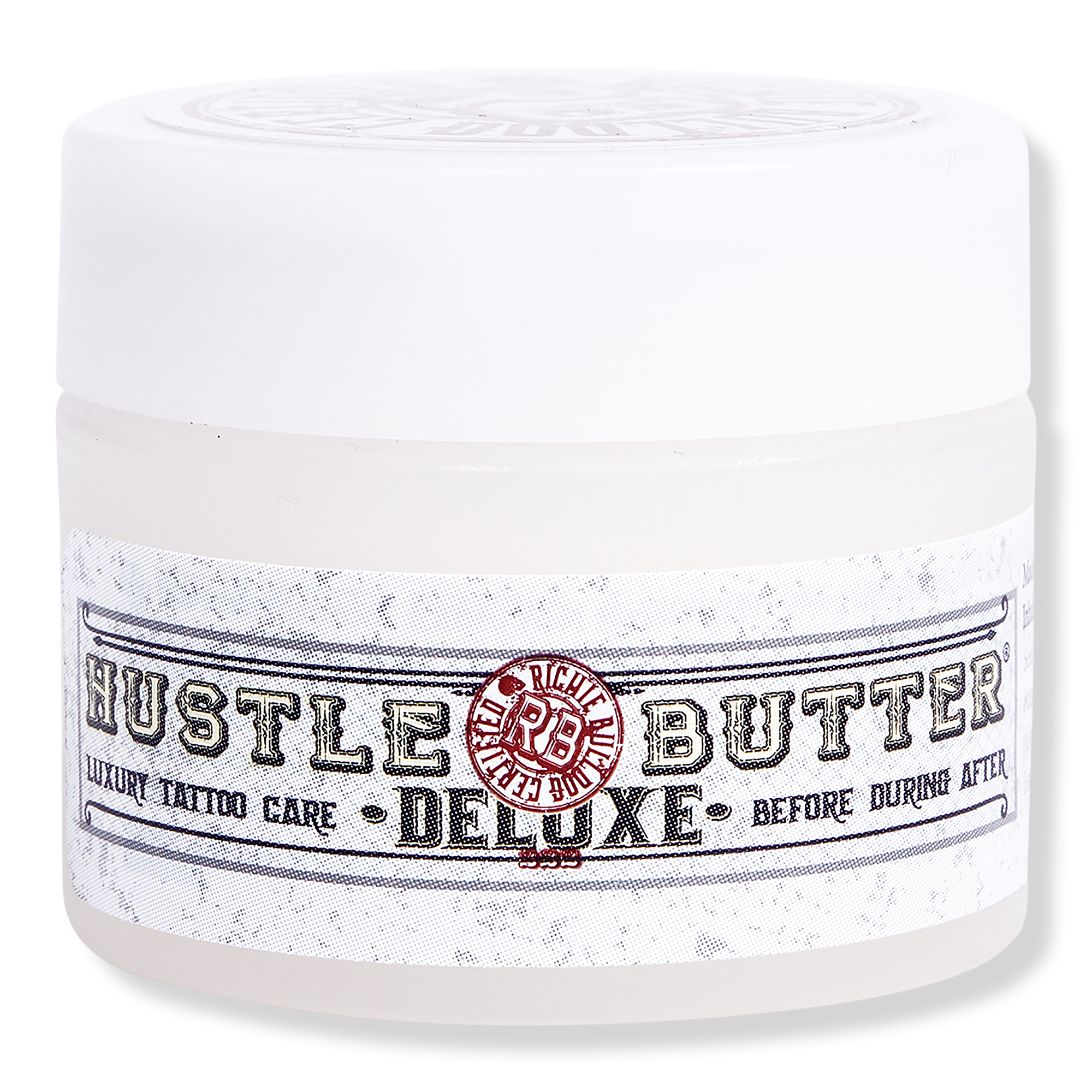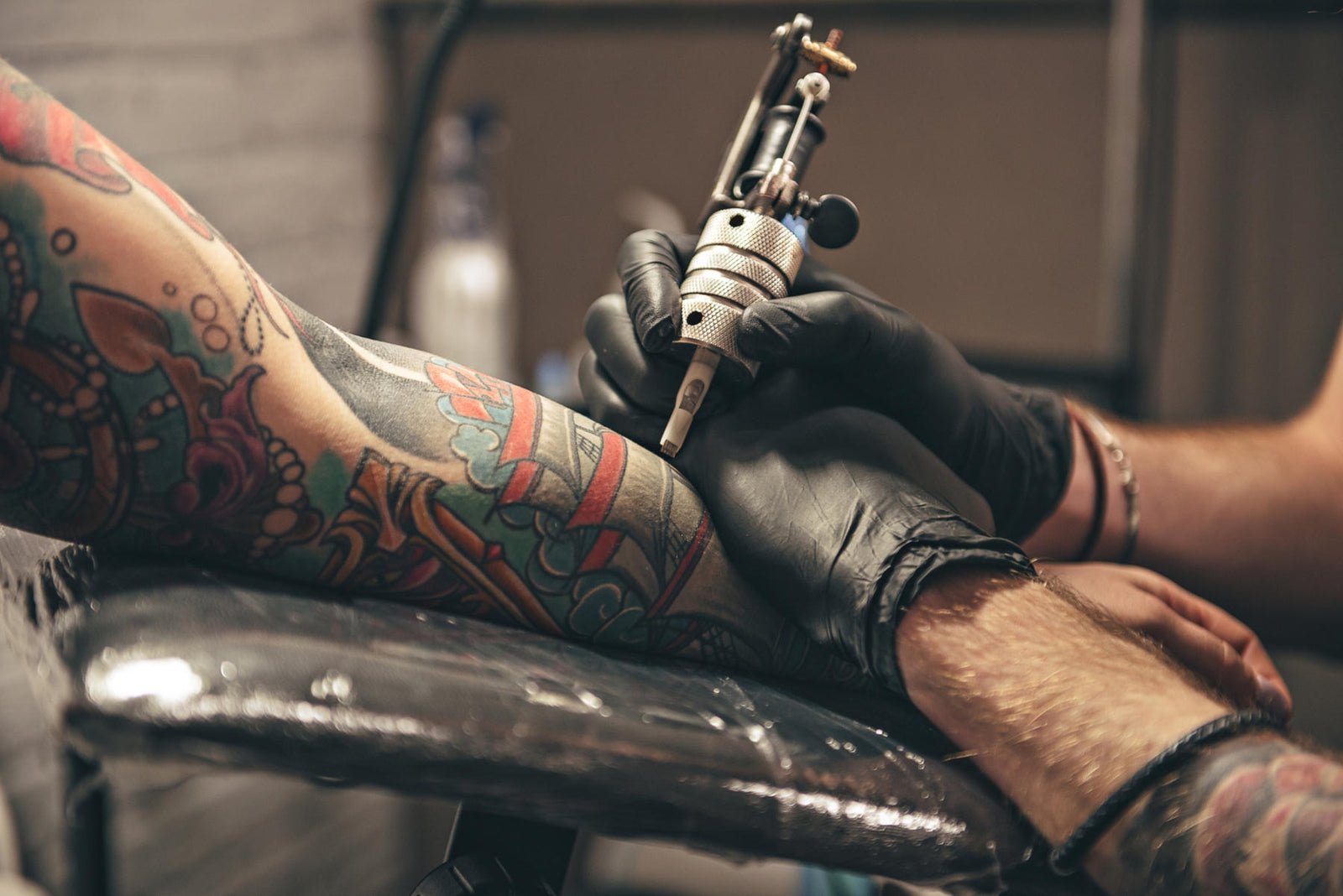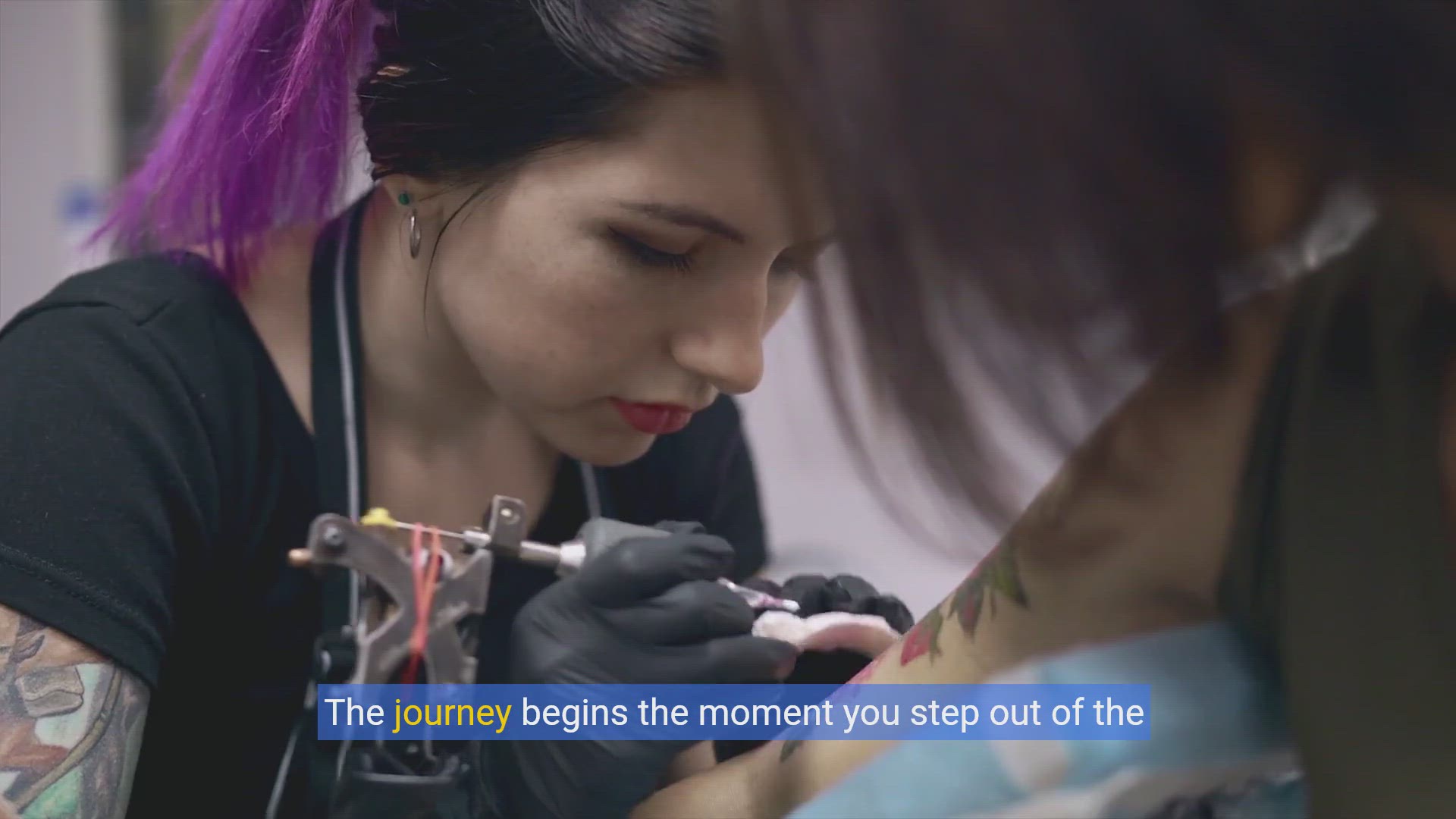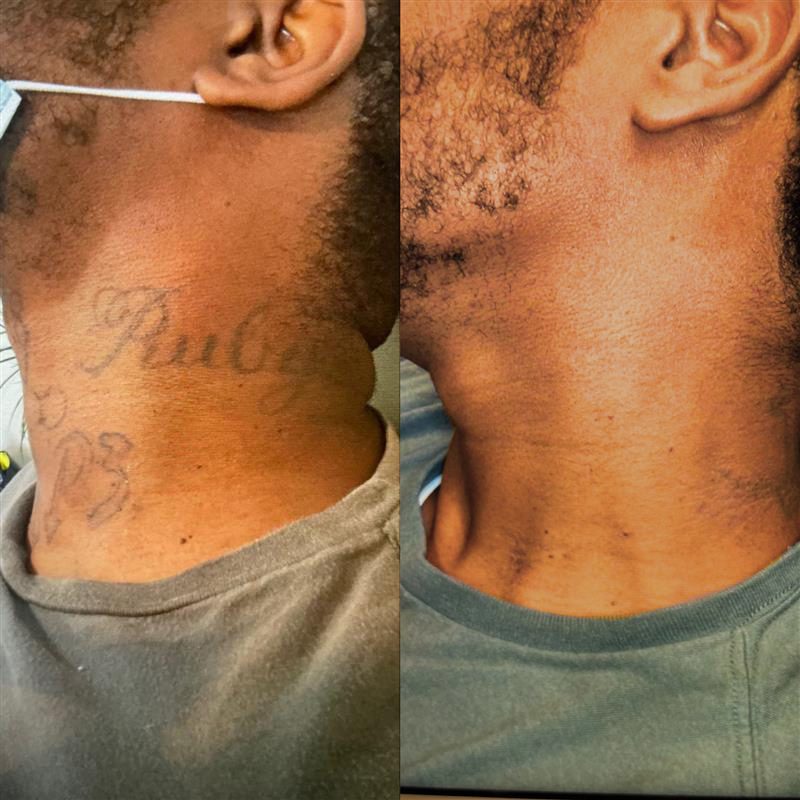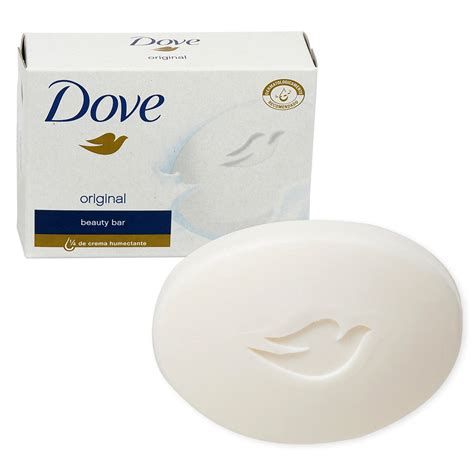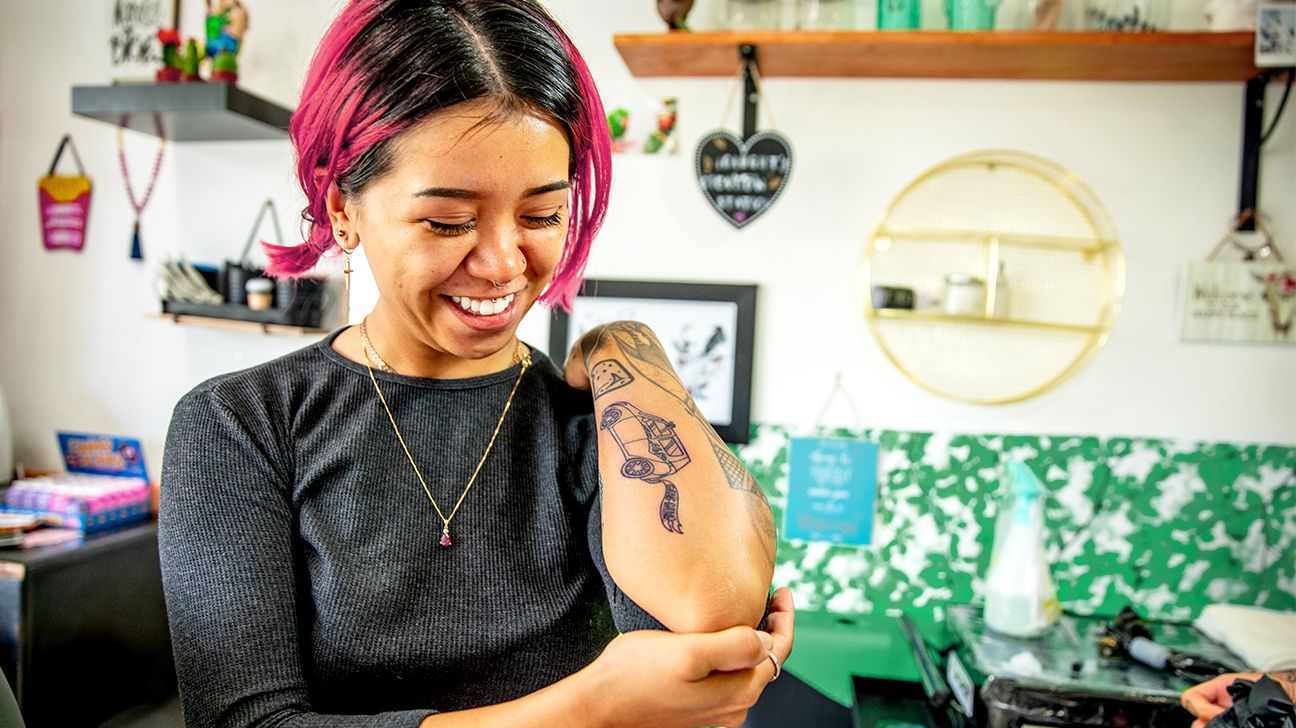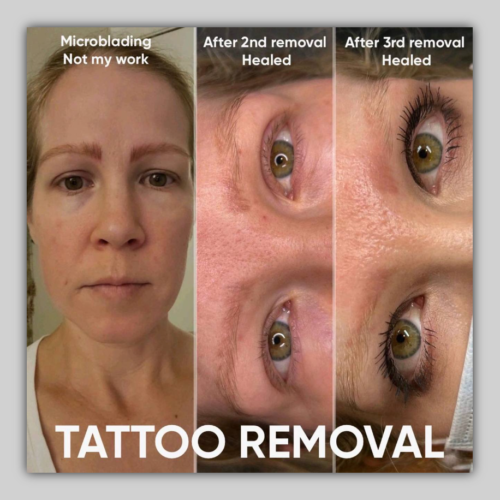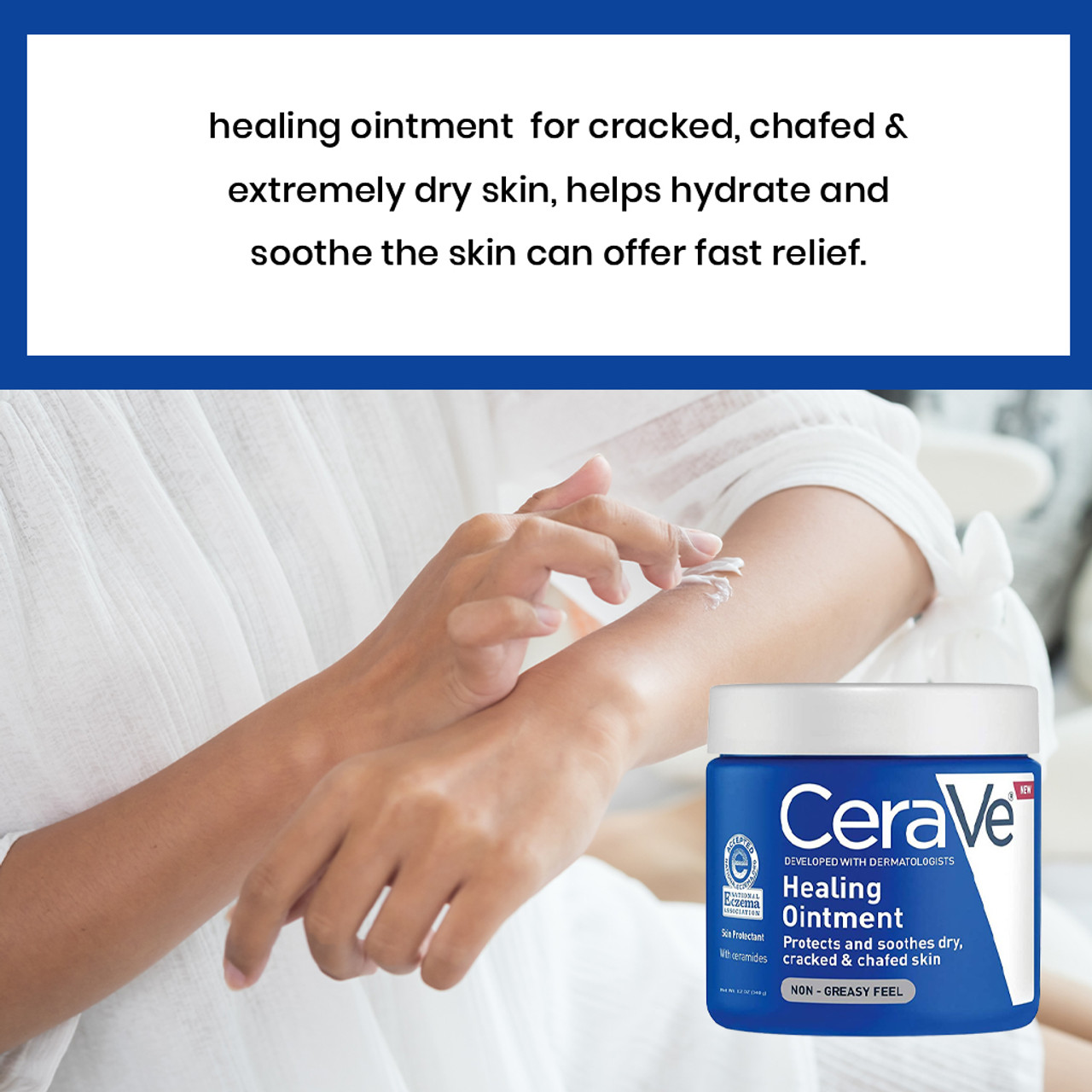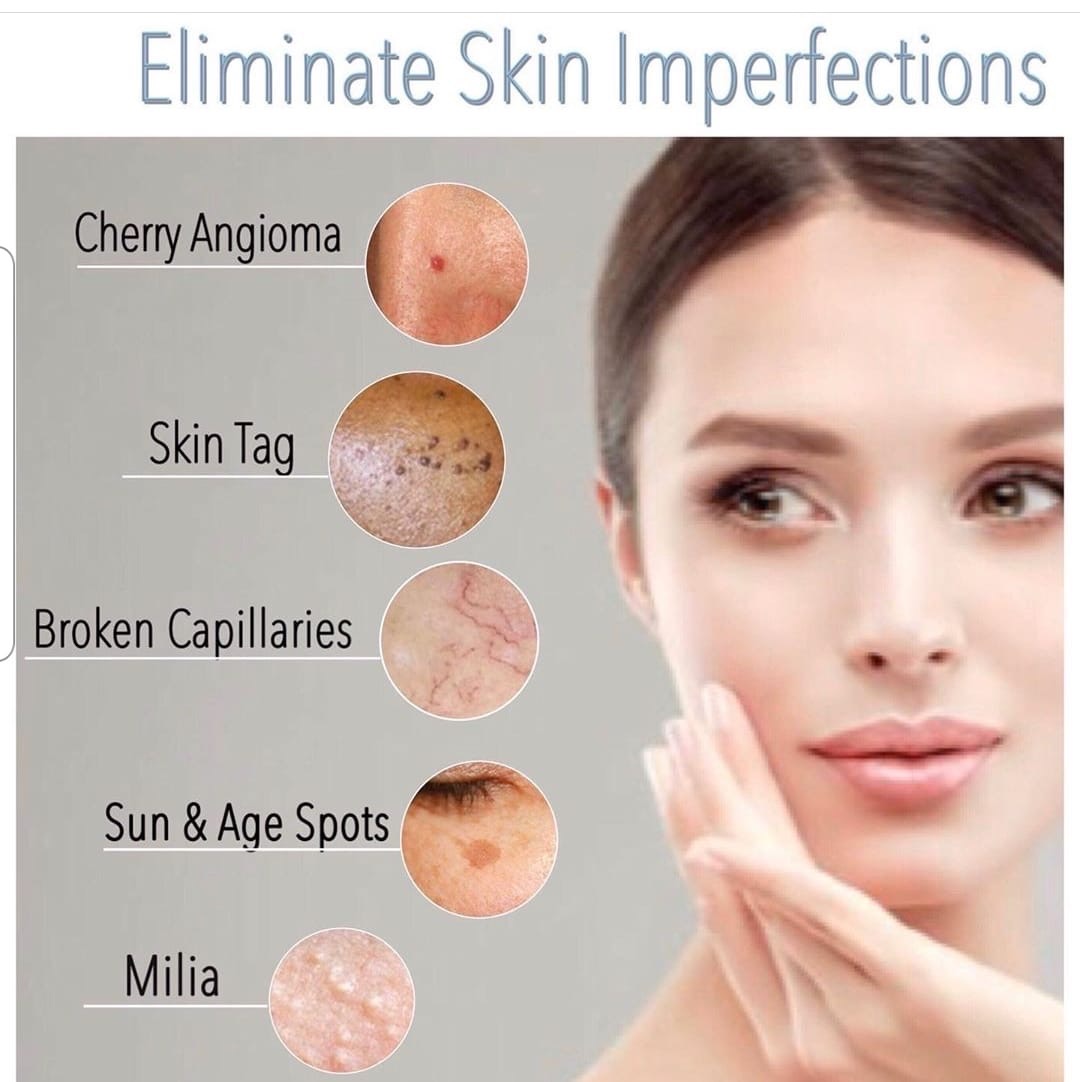– A tattoo is a type of body alteration and art in which a design is inked on the skin’s outer layer.
– Tattooing involves injecting ink beneath the skin using needles.
– Tattooing may increase the skin’s susceptibility to bacterial infections.
– Using a good antibacterial soap is recommended to reduce the chance of infection and properly care for a tattoo.
– The Dove Beauty Bar is a recommended soap for tattoo aftercare.
– The Dove Beauty Bar is a hypoallergenic formula designed for sensitive skin.
– It is infused with glycerin, palm kernel oil, and essential fatty acids that cleanse and nourish the skin.
– The palm kernel oil and glycerin soften and lubricate the skin.
– The formula effectively washes away bacteria and cleanses and nourishes sensitive skin.
– The soap is pH-balanced, dermatologist-recommended, and dermatologist-tested.
– It is suitable for sensitive skin and does not leave a soapy residue.
– The Dove Beauty Bar is a vegan formula and has PETA cruelty-free certification.
– It is recommended to wait 5-10 hours after getting a new tattoo before using any soap on it.
– The Provon Antimicrobial Lotion Soap is another recommended soap for tattoo aftercare.
– It is formulated with mild skin cleansers, emollients, and skin conditioners like aloe and vitamin E.
– The soap contains 0.3% chloroxylenol, an antimicrobial agent.
– The skin conditioners hydrate the skin for a soft feel.
– The Provon Antimicrobial Lotion Soap has a citrusy pleasant scent and is available in 3 sizes.
– It is suitable for all skin types.
– Vi Shea Butter Tattoo Soap is designed for caring for new tattoos. It cleanses, protects, and revives ink color. It contains raw shea butter, vitamin A, C, and E. It is suitable for all skin types and is rejuvenating. It is cruelty-free, sulfate-free, paraben-free, phthalate-free, and mineral oil-free. Price: $9.99.
– Tattoo Goo Deep Cleansing Soap is an antibacterial soap with 0.5% chloroxylenol as the active ingredient. It provides antimicrobial and antibacterial protection. It has a slightly acidic pH and is dermatologist tested. It contains olive oil for moisture. It is alcohol-free, pH-balanced, eliminates germs, removes dead skin, and is fragrance-free, lanolin- and petroleum-free, hypoallergenic, cruelty-free, and infused with natural ingredients. Price: $6.64.
– Cosco Tincture Tattoo Green Soap is a glycerin-rich formula used in tattoo shops to disinfect the skin. It contains lavender and pure vegetable oils. It is an effective antibacterial liquid hand soap and cleanser. It is all-natural and does not contain harsh chemicals. Price not provided.
– H2ocean Blue Green Foam Soap contains 0.13% Benzalkonium Chloride
– H2ocean Blue Green Foam Soap is vegan-friendly and heals the skin
– Dial Antibacterial Deodorant Soap is suitable for use in sensitive areas and has a fresh fragrance
– Cuticura Medicated Antibacterial Soap is made for blemish-prone skin and reduces bacterial growth
– Hustle Bubble Deluxe Tattoo Soap is cruelty-free and helps minimize irritation and prevent infection
– Hustle Bubble Deluxe Tattoo Soap is infused with natural ingredients and removes dead skin cells
– Ink-Eeze Prebiotics Foam Soap is popular among tattoo enthusiasts as a pre- and post-ink cleanser
– Made with natural ingredients like coconut water, glycerin, aloe vera, kelp extract, and sea salt
– Coconut water and glycerin act as humectants to seal skin moisture and reduce dryness
– Aloe vera and kelp extract provide antioxidants and minerals to hydrate dry skin
– Helps soothe irritation and redness, nourishes the skin, and leaves it soft and supple
– Product dimensions: 1 x 1 x 5 inches; weight: 1.7 ounces
– VI Tattoo Aftercare Cleansing Soap is crafted to cleanse, nourish, and heal tattoos
– Contains sea buckthorn fruit oil and hemp seed oil for healing and moisturizing
– Rich in amino acids, omega-3, and omega-6 fatty acids to repair and plump dry skin
– Raw shea butter protects the ink and has a gentle and creamy lather
– Suitable for all skin types; vegan, paraben-free, sulfate-free, chemical-free, dye-free, cruelty-free
– Ink Oil Tattoo Aftercare Soap strengthens the skin barrier, reduces recovery time of tattoos
– Contains antioxidants and fatty acids to protect and maintain tattoo vibrancy
– Provides immediate relief, reduces scabbing, and has a refreshing fragrance
– Suitable for permanent cosmetics and microblading; cruelty-free
– Saniderm Cleansing & Nourishing Face & Body Bar nourishes and heals tattoos
– Packed with sea buckthorn oil to moisturize and inhibit peeling of tattoos
– Enriched with lemon oil to remove free radicals and irritants
– Stimulates collagen production and soothes itchiness, treats acne
– Suitable for all skin types; gentle, paraben-free, dye-free, phthalate-free, phenoxyethanol-free, sulfate-free, cruelty-free, vegan.
– The Mad Rabbit Refresh Gentle Cleansing Bar Soap is a gentle formula for cleaning tattoos without stripping the skin’s natural moisture.
– Price at the time of publication: $11.75
– The soap is made with natural ingredients like aloe vera, glycerin, and coconut oil.
– It is suitable for all skin types.
– Regularly cleaning tattoos with an antibacterial soap can protect against infections and help with even healing and preservation of the design.
– Look for antibacterial soaps with natural and gentle ingredients like glycerin, cinnamate, and vitamin B.
– Ingredients like aloe vera, arnica, vitamins B5 and E, and sea buckthorn can help with faster healing.
– Avoid antibacterial soaps with added fragrances, parabens, alcohols, and allergens.
– Choose a soap based on your skin type (moisturizing formulas for dry skin, antibacterial formulas for sensitive or acne-prone skin).
– Some antibacterial soaps can be used with older tattoos to prevent fading and future infections.
